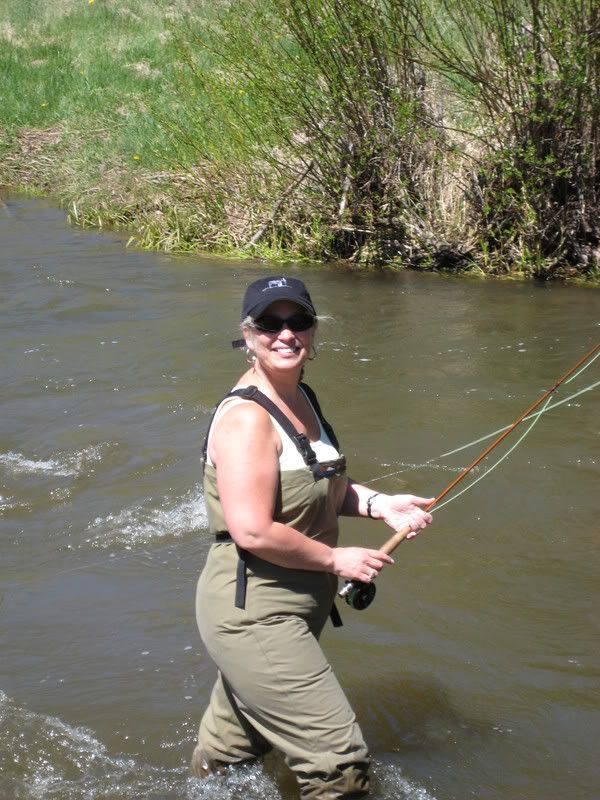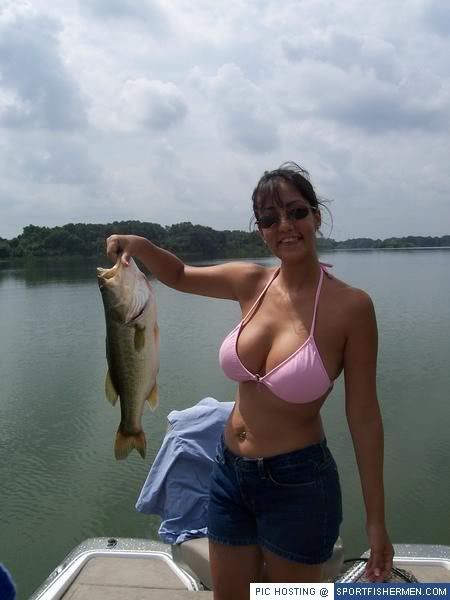The right choice depends on the fishing situation at handBottom fishing, whether inshore or in deep offshore waters, necessarily means making a choice on the terminal tackle you plan to use. Many anglers catch fewer fish as a result of a poor choice or no choice at all.
Fish Finder RigsParty boats, or head boats, take from 12 to 50 people offshore bottom fishing and provide them with the tackle and bait. More often than not, the terminal tackle provided on the rods will be the fish finder type of rig. Sometimes called a ‘chicken’ rig, these leader- to-hook arrangements will have a pyramid or bank sinker tied to the end of the leader. Anywhere from twelve to twenty-four inches up from the sinker a loop is tied in the leader, to which is tied a hook. Sometimes a second loop and hook are tied above the first loop. Twelve inches above that will be the swivel.
The whole rig can be three feet long, making it extremely difficult to cast. This rig is designed to drop straight down to the bottom. With people fishing less than three feet apart from each other on a party boat, dropping straight down with heavy sinkers prevents lots of tangled lines.
Fish finder rigs are not just for the party boats, however. When fishing over a wreck or artificial reef, there are several species of fish that may not be on the bottom. Vermillion snapper (beeliners) school and suspend in the water column over the structure. Baits going to the bottom with a heavy sinker usually rocket right through the school. Savvy anglers recognize these schools on a fish finder and change their bottom rig accordingly.
Moving from a heavily weighted single hook rig to a smaller double hook rig will produce fish. Smaller baits on the two hooks and a slow descent will almost always result in a double hookup under these circumstances.
Grouper and Snapper RigsThese two rigs consist of three to five foot monofilament leaders with a hook on one end and a swivel on the other. Grouper rigs have heavier and longer leaders with larger hooks than the snapper rigs.
These rigs are used with an egg sinker that can slide up and down the angler’s line. Bottom fishing straight down with these rigs is difficult in deep water. As the rig goes to the bottom, the weight of the sinker and relative buoyancy of the bait results in some very twisted lines. The sinker heads for the bottom and slides up the line leaving the bait behind to twist and turn.
These rigs do have a place in deep water though. In a current situation, a slower descent will stop the tangles because the current keeps the bait and hook out away from the sinker on the way down.
Even in a no current situation, these rigs can work well with live bait. The live bait swims away from the sinker, and a slow descent can again get the bait to the bottom without a tangle.
Many times large grouper and red or mutton snapper are leader shy. Chicken rigs make them wary and afraid to bite. Often a very long leader with an egg sinker and a live bait can entice a bite from a bigger fish.
Flounder RigsFlounder rigs use beaded casting sinkers or trolling sinkers. These sinkers are elongated and streamlined, allowing them to be bumped along the bottom with less chance of hanging on structure. The line is tied directly to one end of the sinker and the leader is tied to the other end. A twelve to eighteen-inch leader ties to a kayle or circle hook.
These rigs are ideal for dragging a live bait slowly along the bottom in search of flounder. Small mullet, mud minnows and other small live fish are ideal flounder bait with this rig.
Wire LeadersWhether it’s king mackerel, Wahoo, or barracuda, sharp teeth dictate wire leaders. A wire leader can be stranded wire, coated wire, or stainless steel, and it is made in a variety of weight classes. The wire discourages strikes because it can be seen so easily; for that reason, is generally used in trolling situations.
Wire kinks easily if not handled properly, and will develop kinks while fighting a big fish. Take care to change leaders as necessary after a catch.
Free-LiningOften terminal tackle will be used with little or no weight. The term ‘free-lining’ comes from the description of the bait as it drifts naturally with the current. This method uses a long leader, usually monofilament, and usually a live bait, free to swim where it will.
Choose your terminal tackle according to the prevailing circumstances. Match the weight to the conditions, and match the type of presentation to the target fish. Fish with the smallest weight required to get your bait to the desired strike zone while matching the size of your leader to the targeted fish. ‘Minimize’ should be the buzzword. The right tackle, the right leader, and the right presentation can put fish in your cooler.





.jpg)
.jpg)
.jpg)
.jpg)
.jpg)
.jpg)
.jpg)
.jpg)
.jpg)
.jpg)

.jpg)
.jpg)
.jpg)
.jpg)
.jpg)
.jpg)



























